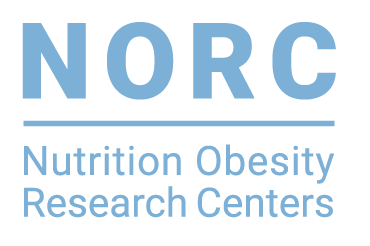Summary
Metformin is best known as first line treatment for type 2 diabetes, but in recent years it has become clear that it has anti-cancer properties and prolongs lifespan in a variety of model organisms. In spite of these remarkable effects, the mechanism by which metformin produces them remains elusive. NORCH investigator Dr. Alexander Soukas and colleagues determined that metformin kills human cancer cells and prolongs lifespan in the roundworm C. elegans by a common mechanism involving the nuclear pore complex and a gene of unknown function ACAD10. Metformin’s action on mitochondria leads to “closing” of the nuclear pore, reducing access of the protein RagC to the nucleus. RagC that cannot get to the nucleus fails to activate the key protein kinase mTORC1, leading ACAD10 to be turned on.
Key Findings
ACAD10 is principally responsible for the ability of metformin to kill cancer cells and to extend lifespan alike.
Citation
- Wu L, Zhou B, Oshiro-Rapley N, Li M, Paulo JA, Webster CM, Mou F, Kacergis MC, Talkowski ME, Carr CE, Gygi SP, Zheng B, Soukas AA. An Ancient, Unified Mechanism for Metformin Growth Inhibition in C. elegans and Cancer. Cell. 2016 Dec 15;167(7):1705-1718.e13.
Read More: Cell
Research Details
- Research Center: Harvard Medical School
- Featured NORC Member(s): Alex Soukas, MD, PhD, is Assistant Professor of Medicine at Harvard Medical School and is the the Director of the Metabolic Phenotyping Core.
- Center Contribution: Dr. Soukas is the Director of the Metabolic Phenotyping Core.

